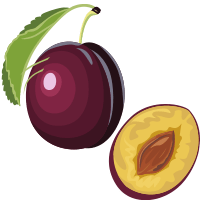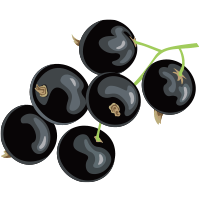Fidora’s Amarone Classico is made from 65% Corvina, 30% Corvinone, and 5% Rondinella from the Tenuta Fraune vineyard in the northern part of the Fumane Valley, in Valpolicella Classica. The organically grown vines are cultivated using Pergola and Guyot trellising methods, at an altitude of 500–650 meters above sea level, on a substrate of limestone deposits and marble, which gives highly mineral and structured wines. The altitude provides good ventilation and coolness between the vine rows, resulting in very healthy grapes.
A selection of the best grape bunches is harvested in September-October and dried for 3-4 months using the “appassimento” technique in small crates in large, ventilated rooms called “Fruttai.” During this process, the grapes lose about 40-50% of their weight, but their aroma, flavor, and sugar become highly concentrated. In January-February, the grapes are gently destemmed and crushed. Fermentation takes place slowly in tanks and lasts for about 30 days. After pressing, the wine is transferred to French oak barrels (barriques à 228 l and tonneaux à 500 l) and aged for about 42–50 months. After bottling, the wine is further aged for 6 months.
Fidora’s Amarone Classico has a beautiful, dark ruby red color with mahogany highlights. The aroma is very complex and mature, with nuances of dark cherries, plums, dried fruits, and spices (black pepper, cinnamon, cloves). The taste is extremely concentrated at first, but with good aeration, it develops fresher and more delicate nuances that complement the notes of mocha and bitter chocolate. The wine finishes with plenty of complexity, crispness, and finesse, along with some “rancio” notes (leather, dried flowers, and fruit), reminiscent of a vintage port.
A very well-made wine for pairing with the finest culinary creations such as duck, lamb, beef, and game.
Fidora owns 160 hectares of land spread across four estates in Valpolicella (Monte Tabor), Valpolicella Classico (Tenuta Fraune), Valdobbiadene (Collagù), and the Veneto countryside (Civranetta). Only about 100 hectares are planted with vines, and each plot is uniquely protected by a natural hedge of trees, shrubs, and wild plants. This serves to protect the vineyards from neighboring chemical use and occasional harsh weather conditions, as well as promoting biodiversity and rich wildlife.
Today, the younger generation, led by Emilio Fidora, continues the family legacy. Emilio’s grandfather, Guido Fidora, converted to organic farming as early as 1974, making him the first producer in Veneto to do so.
The prevailing view at the time was that chemicals were the “right” way to ensure high yields. Despite the fact that wine had been grown for thousands of years without chemicals, there were no books or studies on how to farm without them, so Fidora learned through experience.
Each plot reflects a philosophy based on two main objectives: fostering biodiversity and eliminating chemicals, along with the belief that good wine should not only taste good but also convey emotions. The healthier the vineyards, the better the fruit and, naturally, the wine. By treating the land with respect, it returns the best and healthiest crops.



